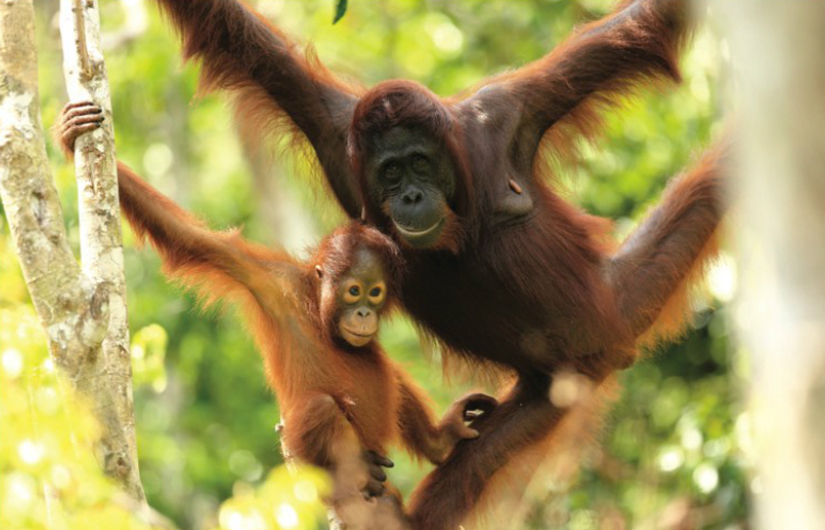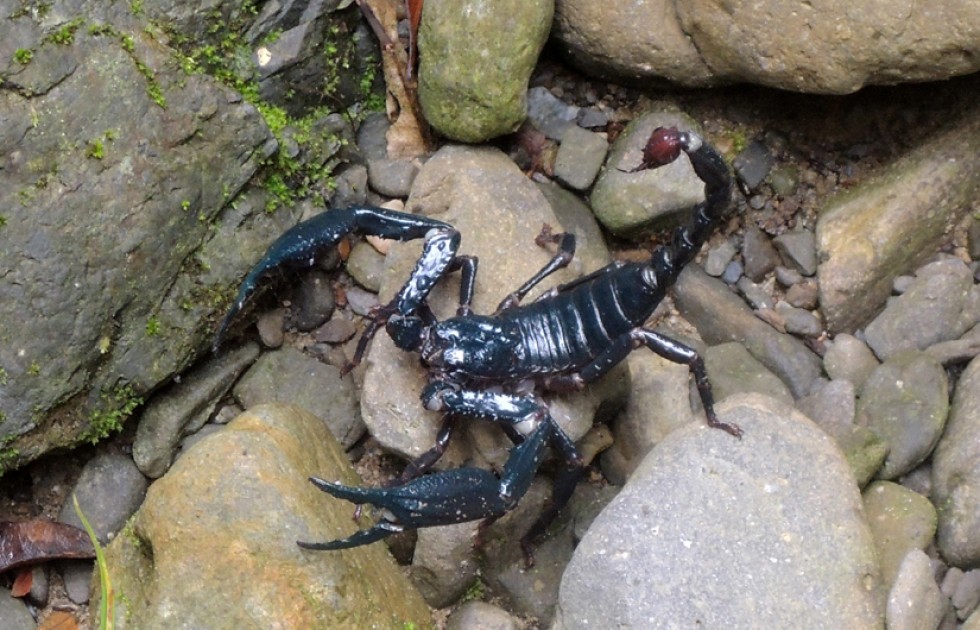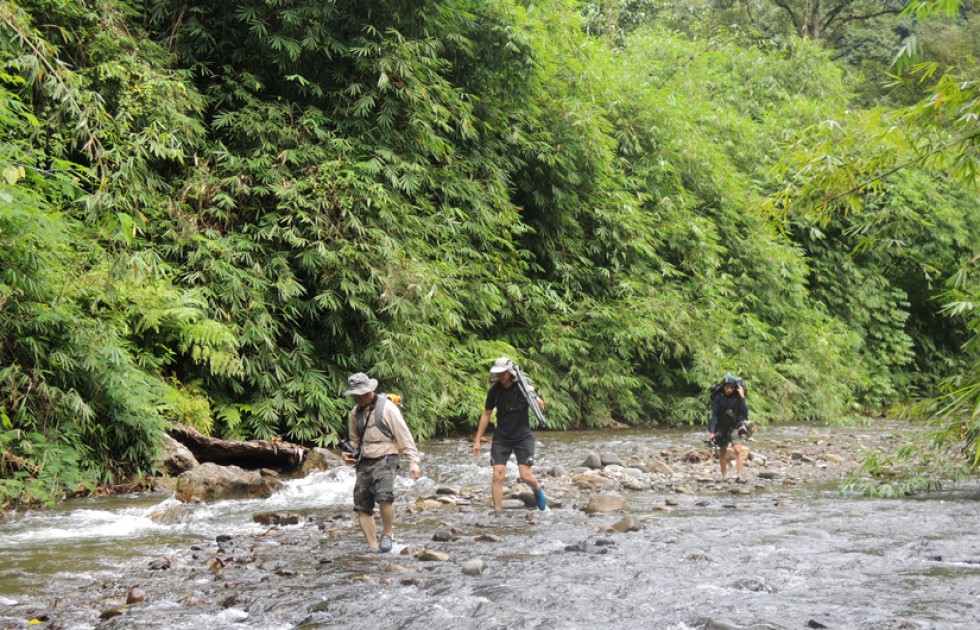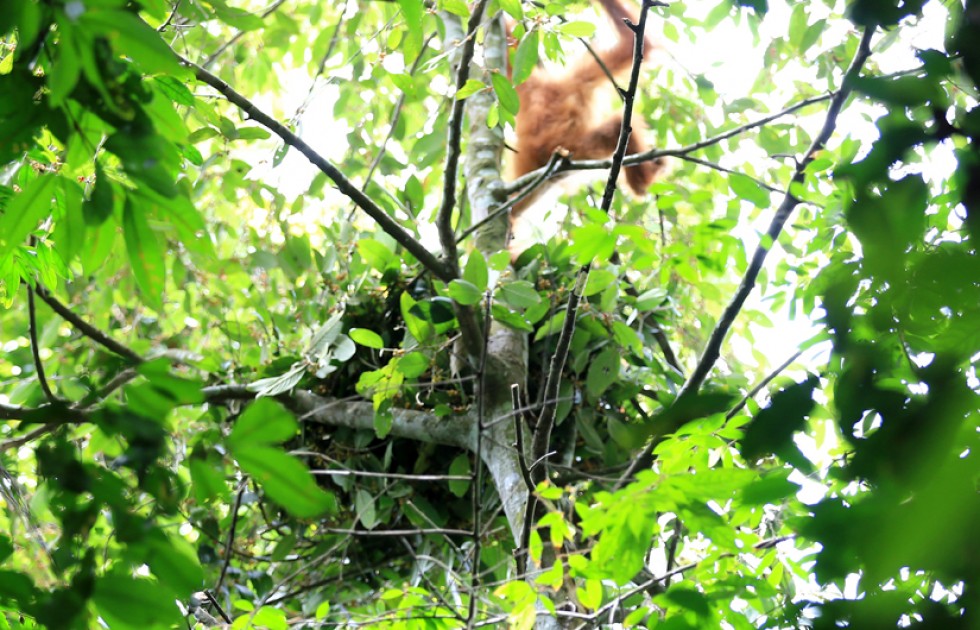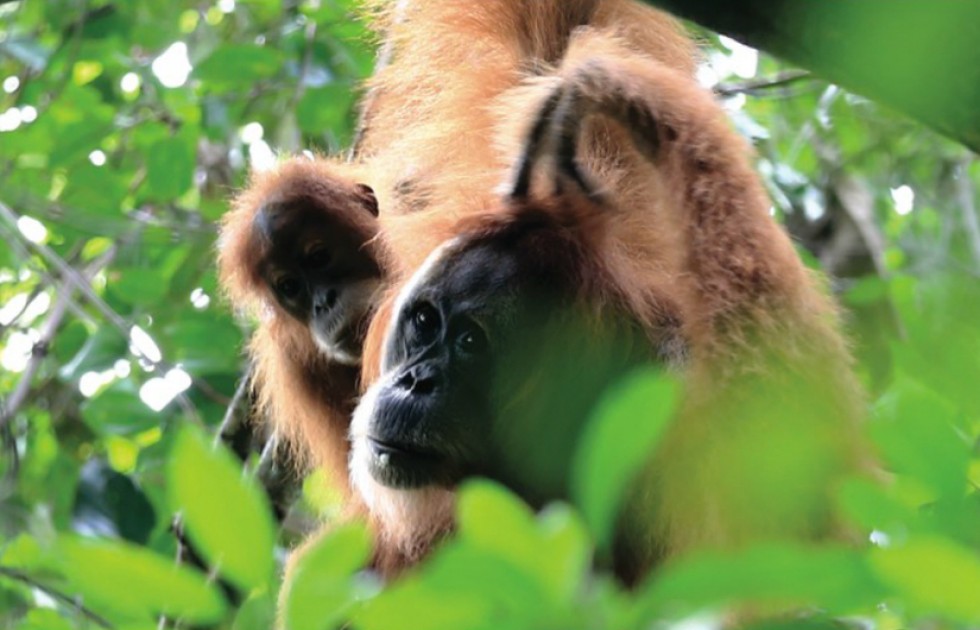SEARCHING FOR INDONESIA’S WILDLIFE THREATENED SPECIES
For the first instalment of my new column, “Elite Adventure”, for Elite+ magazine, I’ll take you to Tanjung Puting National Park in the jungles of Borneo, Indonesia, to search for threatened wildlife species such as the Bornean orangutan and proboscis monkey, as well as the Komodo dragon of Komodo Island.
Travelling to Borneo is time consuming and adventurous. I flew from Bangkok to Semarang inIndonesia, stayed overnight and continued the journey the next morning, flying to the town of Pangkalanbun. A guide from the Rimba Eco Lodge, my base for exploring wildlife in Tanjung Puting,met me at the airport and drove me to a landing on the bank of Rimba River. A 40-minute motorboat ride took me to the lodge, located opposite the national park on a bank of the Sekonyer River, a tributary of the Rimba.
The safari on a klotok (wooden boat) brought me deeper into Tanjung Puting, home to around 5,000 Bornean orangutans. The Bornean orangutan is listed as an endangered speies by the IUCN (International Union on the Conservation of Nature),which classifies threatened wildlife species into three categories –vulnerable to endangered to critically endangered – in danger of extinction. Male Bornean orangutans weigh50-100kg and have a body length of 1.2-1.4 metres, while females weigh 30-50kg, with a body length of 1-1.2 metres.
While on the boat safari, several adult orangutans, a few with infants, could be spotted along both sides of the river. I saw a huge male with an estimated age of around 35, bearinglarge cheek pads on both sides of his face, as well as a smaller, younger female with cheek pads. An orangutan begins to form cheek pads from the age of 20. Orangutans have a lifespan of 60 years in the wild. A male orangutan is very strong, with the strength of eight grown men.
My adventure in search of Indonesia’s threatened species took me further west to the Lesser Sunda Islands. I flew from Borneo to Bali, stayed overnight and continued the next day to Flores. From the island of Flores I sailed three hours on a vessel to Komodo National Park, a world heritage site and one of the New Seven Wonders of Nature, located on the island of Komodo, home to the ferocious Komodo dragon, classified by the IUCN as a vulnerable species.
The Komodo dragon, the world’s largest lizard, can grow up to 3 metres in length and weigh up to 70 kilograms. It is a carnivore feeding on deer, horse, water buffalo, goat, wild boar, small mammals, monkeys, birds and other reptiles including smaller Komodo dragons. There are approximately 4,000 to 5,000Komodo dragons living in the wild on the islands of Flores, Komodo and Rinca.
In Komodo National Park, I trekked down a trail, led by a park ranger armed only with a long wooden stick.One of the ends of the stick was forked, to fend off possible attacks by the dragon, a rare occurrence.Usually Komodo dragons avoid encounters with humans. On the trailI spotted seven Komodo dragons, onea menacing looking male coming to drink at a stream in front of me.
My adventure in search of the threatened wildlife of Indonesia had led me to four endangered species– the Bornean orangutan, proboscis monkey, agile gibbon and falsegharial – as well as one vulnerable species, the Komodo dragon.


